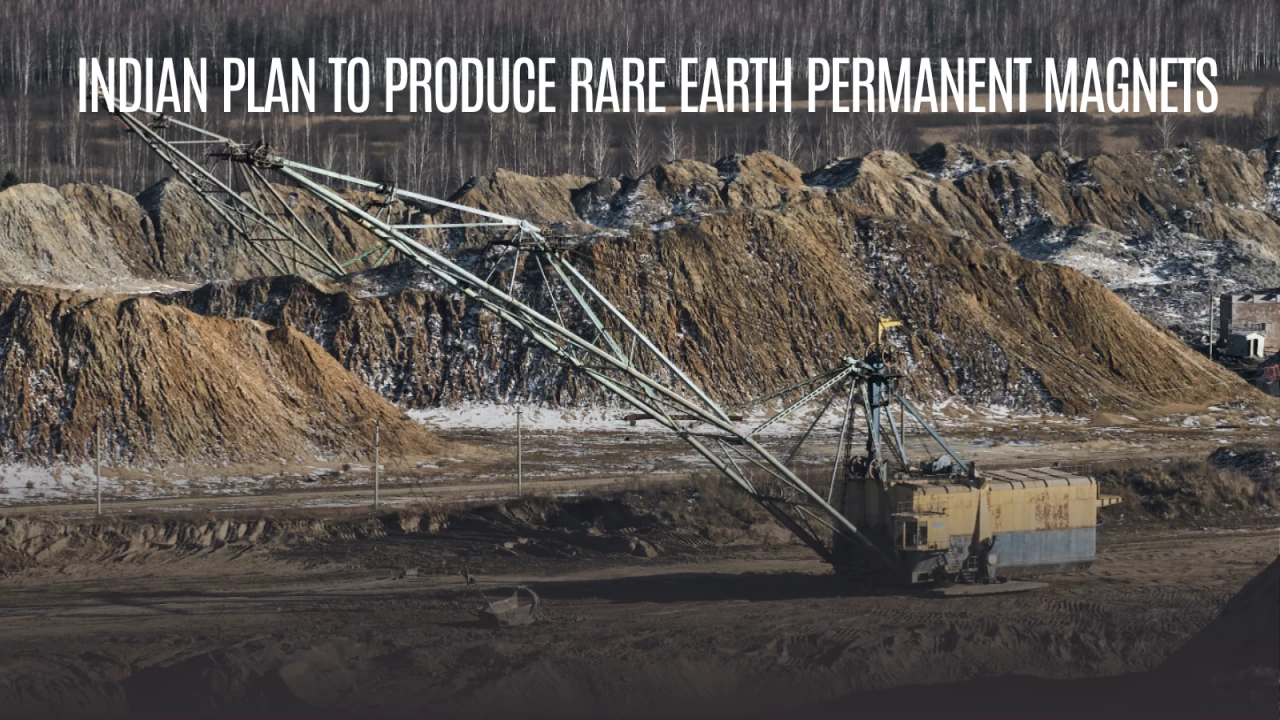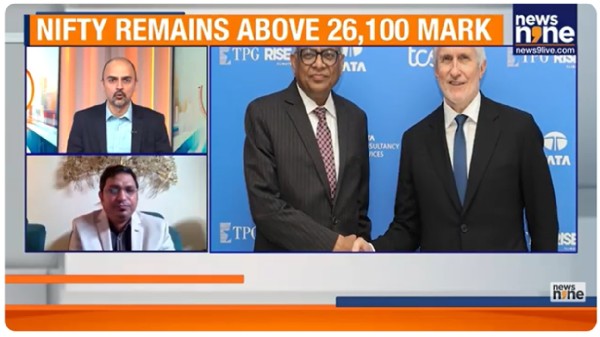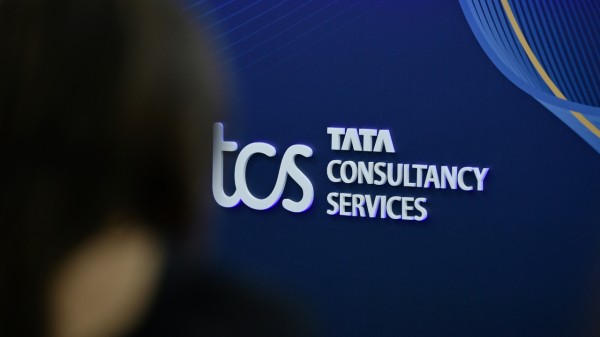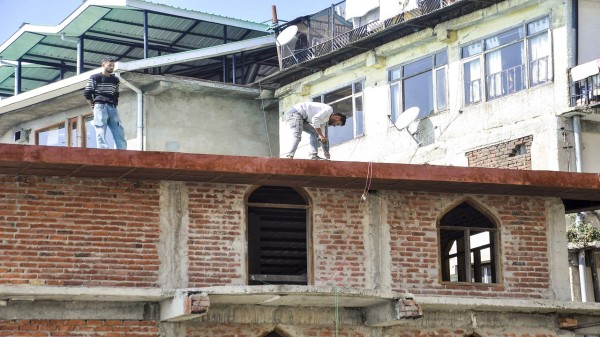

By signing in or creating an account, you agree with Associated Broadcasting Company's Terms & Conditions and Privacy Policy.


By signing in or creating an account, you agree with Associated Broadcasting Company's Terms & Conditions and Privacy Policy.

Kolkata: Rare earth permanent magnets are extremely important for a variety of industrial purposes. They are superior in magnetic strength and compact in size and these are useful in application of green energy (electric vehicles and wind turbines), medical devices (MRI), electronics and defense. India has to import almost 100% of its Rare earth permanent magnet requirements that results in costs constraints as well as makes the country dependent on external sources for supply.
To overcome this handicap, the Centre has taken up a Rs 7,350-crore scheme to boost the production of rare earth permanent magnets. According to the plan, as many as five integrated manufacturing units will be established under the scheme. Selected companies will receive sales-based incentives and a 15% capital subsidy.
Significantly, the Centre's move comes at a time when China has imposed curbs on exports of these rare earth items which is adversely impacting the interests of India's automobile and electronics sectors. The government's plan envisages production of 6,000 tonnes of rare earth permanent magnets per year. The plan is expected will run for seven years and covers the entire value chain, from mining to metal conversion and finally magnet production. India is fully dependent on imports for its magnet needs. This raises costs and poses external control over supply. Domestic manufacture will help important sectors such as automobiles, electronics, wind energy, and defense.
The annual production capacity of these units will vary from 600 tons to 1,200 tons. Global tenders will be used to conduct the bidding process. Right now Indian Rare Earths Limited produces a mere 500 tons of NdPr oxide which, in turn, is used to make about 1,500 tons of rare earth permanent magnets.
The proposed scheme will be implemented by the Ministry of Heavy Industries. The government has also decided that an inter-ministerial monitoring committee will be set up and it will oversee the implementation of the scheme and monitor its progress so that it is fruitfully completed within the time period.












